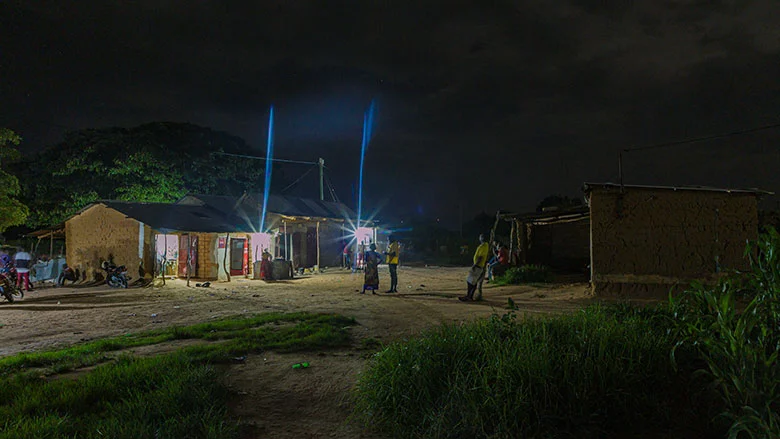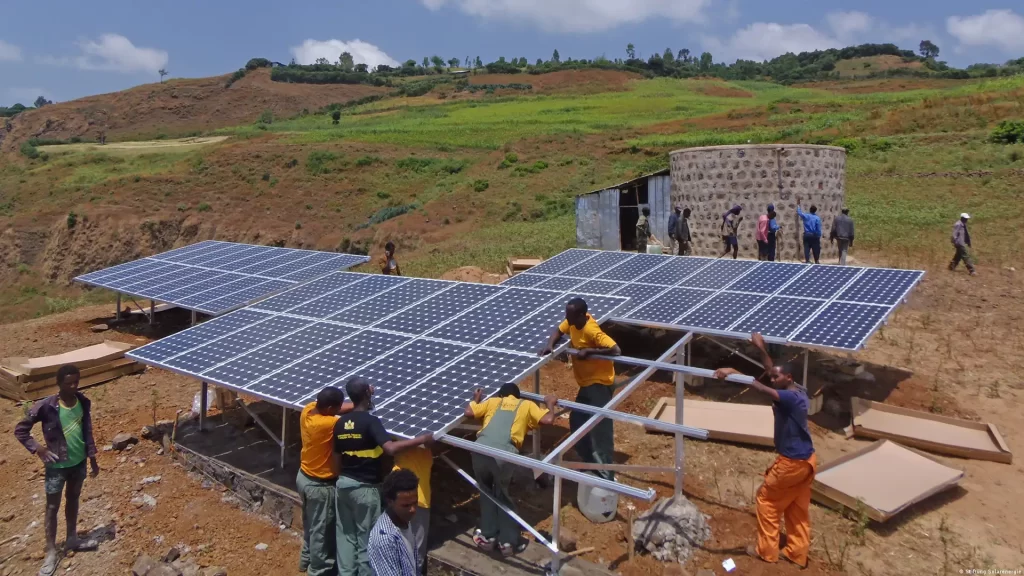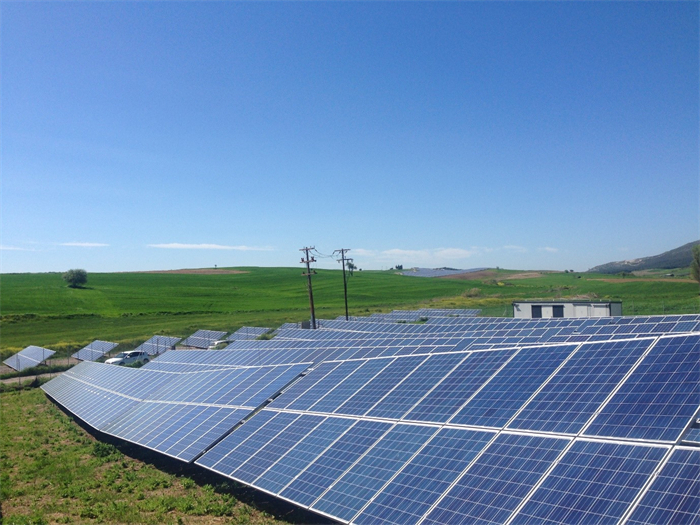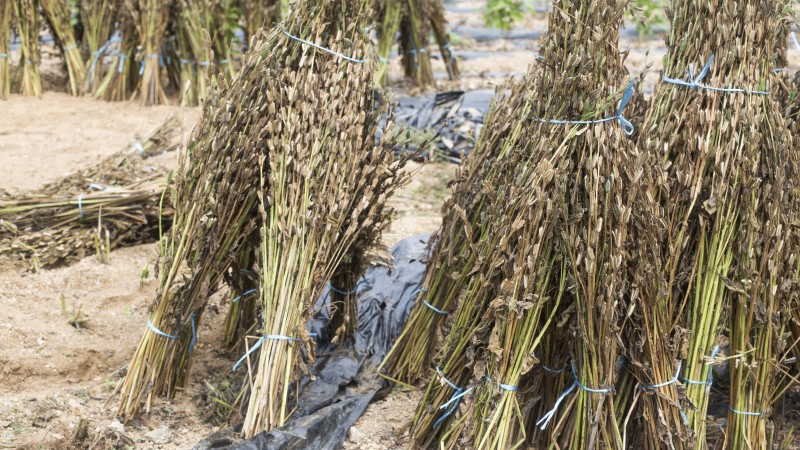Renowned for its stunning landscapes and diverse wildlife, Tanzania is now making remarkable strides in harnessing renewable energy sources. With a focus on sustainability and a vision for a greener future, Tanzania is rapidly transitioning toward a more sustainable energy landscape. We will explore the innovative projects, technologies, and initiatives driving Tanzania’s renewable energy revolution.
Overview of Tanzania’s Renewable Energy Sector
Tanzania’s renewable energy sector is vital to the country’s overall development. With over 60 million people, access to reliable and affordable energy is crucial for economic growth and social development. The government of Tanzania recognizes this and has placed renewable energy at the forefront of its agenda.
On one of the Renewable Energy discussions this year, 2023, When attending the annual World Economic Forum (WEF) during a panel discussion with the title; “Repowering the World,” The President of the United Republic of Tanzania, Hon. Dr. Samia Suluhu Hassan said; “We need to diversify energy sources. Africa could be another source of energy; when it comes to green energy, we have almost everything ranging from nickel, cobalt, and copper. We indeed need energy transition, but this should take some time; we also need funding to embark on energy transition; if we create these power pools, there will be no problems of shortage of energy because whoever who will be having a crisis will be served by the regional power pools.”
Tanzania is blessed with abundant renewable energy resources. Solar power is a key focus area with the potential to harness the country’s ample sunlight. The government has implemented various solar energy projects, including installing solar panels in schools, hospitals, and rural communities. These initiatives provide electricity to previously off-grid areas, transforming the lives of thousands of Tanzanians.
According to recent data, the installed capacity for renewables in Tanzania increased from 69 megawatts (MW) in 2010 to 127 MW in 2021 at a compound annual growth rate (CAGR) of 5.7%. The report notes that the cumulative renewable capacity is expected to rise to 1,115 MW by 2035, growing at an impressive CAGR of 16.8% from 2021 to 2035, driven by Feed-in Tariffs (FiTs) and the rural electrification program.
Additionally, Tanzania’s vast coastline and windy regions make wind power a promising renewable energy source. Wind turbine installations are gaining momentum, generating clean electricity and reducing reliance on fossil fuels. Geothermal energy, with its potential for tapping into the country’s volcanic activity, is another area of exploration. Tanzania has started developing geothermal power plants, which can provide reliable and consistent energy to the national grid.
Transformative Projects
Tanzania boasts several notable renewable energy projects that are transforming the energy landscape. In the Ruvuma region, the Kisolanza Solar Power Station, one of the largest in East Africa, is harnessing solar energy to power communities and support agricultural activities. The project has improved access to electricity and boosted agricultural productivity, leading to economic growth and improved living standards.
The Singida Wind Farm in central Tanzania is another groundbreaking initiative. With its impressive wind turbines, the farm generates clean electricity to meet the energy needs of thousands of households. This project reduces greenhouse gas emissions, creates employment opportunities, and stimulates local economies. The power station is approximately 10 kilometers (6 mi) by road, southeast of Singida, the capital and largest city in the Singida Region of central Tanzania, about equidistant between Singida and Puma. This is about 690 kilometers (429 mi) by road, west of Dar es Salaam, the commercial capital of Tanzania.
Public-Private Collaborations and Policies
Solid collaborations between public and private entities make Tanzania’s renewable energy revolution possible. The government has implemented favorable policies and incentives to attract private investments and stimulate renewable energy development. Public-private partnerships have been established to drive innovation, knowledge sharing, and technology transfer. One such collaboration is between the Tanzanian government and international development organizations. The World Bank, for instance, has partnered with Tanzania to support the Renewable Energy for Rural Electrification Program. This initiative aims to provide clean and affordable energy solutions to rural communities, focusing on solar power and mini-grid installations.
The Tanzania Rural Electrification Expansion Program (TREEP) has helped Tanzania achieve one of the fastest access expansion rates in Sub-Saharan Africa over the past decade. Since its implementation began in March 2017, TREEP has provided more than 4.5 million people with access to electricity, exceeding the program’s initial target of 2.5 million citizens and adding new connections for more than 1,600 healthcare facilities and nearly 6,000 education facilities. Financed by the World Bank, TREEP has also created employment and business opportunities for women and improved outcomes for students in remote parts of the country.

By leveraging international organizations’ expertise and financial support, it is accelerating its renewable energy transition. In addition, private companies are actively investing in renewable energy projects in Tanzania. Global corporations such as Enel Green Power and Total Energies have made significant investments in solar and wind energy projects, contributing to the expansion of clean energy infrastructure in the country. Collaborations bring technical expertise, capital, and operational capabilities to Tanzania’s renewable energy sector.
Environmental Benefits
The adoption of renewable energy sources in Tanzania brings numerous environmental benefits. Tanzania is contributing to global efforts to mitigate climate change by reducing reliance on fossil fuels. Renewable energy technologies produce significantly fewer carbon emissions than traditional energy sources, improving air quality and minimizing the negative impacts on human health. Moreover, embracing renewable energy aligns with Tanzania’s commitment to preserving its rich biodiversity. By reducing deforestation and promoting sustainable practices, renewable energy helps protect Tanzania’s natural resources, ensuring a sustainable future for future generations.
Socioeconomic Impact
Tanzania’s renewable energy revolution is driving environmental sustainability and generating socioeconomic benefits. Expanding renewable energy projects creates employment opportunities, particularly in rural areas. Local communities are involved in constructing, operating, and maintaining renewable energy infrastructure, fostering skills development and entrepreneurship. In addition, clean and affordable energy availability stimulates economic growth and enhances productivity in various sectors.
With electricity access, rural businesses can thrive, improving livelihoods and reducing poverty. Schools and healthcare facilities also benefit from renewable energy, enabling better education and healthcare services in previously underserved areas. Realizing the importance of community involvement, the Tanzanian government has initiated programs to support local entrepreneurship in the renewable energy sector. These programs empower individuals and communities to actively participate in the country’s renewable energy revolution by providing training, technical assistance, and financial support.
Making it clear, Tanzania’s renewable energy revolution is paving the way for a sustainable and greener future. With abundant renewable energy resources and a solid commitment to change, Tanzania is harnessing solar, wind, geothermal, and biomass energy to meet its growing energy demands. Through transformative projects, public-private collaborations, and supportive policies, the country addresses energy shortages, improves access to electricity, and drives socio-economic development.
The environmental benefits of renewable energy adoption are significant, reducing carbon emissions, improving air quality, and preserving Tanzania’s natural resources. The involvement of private companies and international organizations in the renewable energy sector brings expertise, capital, and operational capabilities, accelerating Tanzania’s transition toward sustainable energy. With the collaboration between public and private entities, Tanzania’s renewable energy sector is poised for further growth and progress, creating a brighter and more sustainable energy revolution within reach.
You can read more of Tanzania’s economy articles here.





